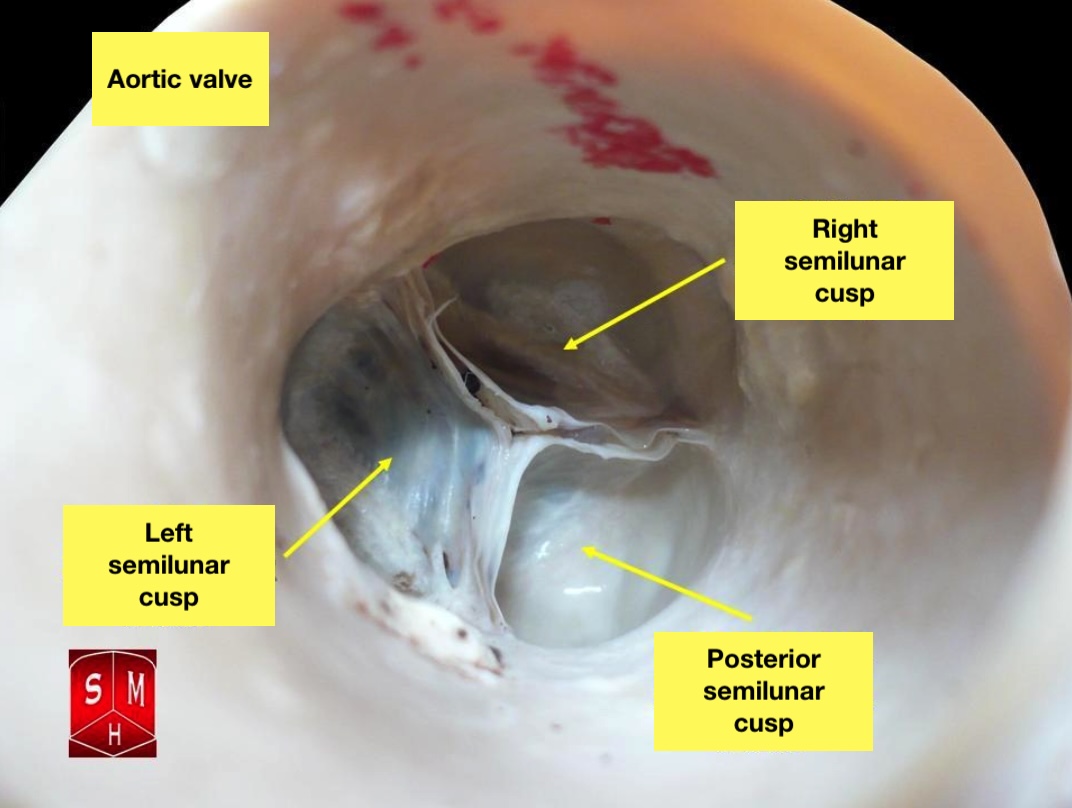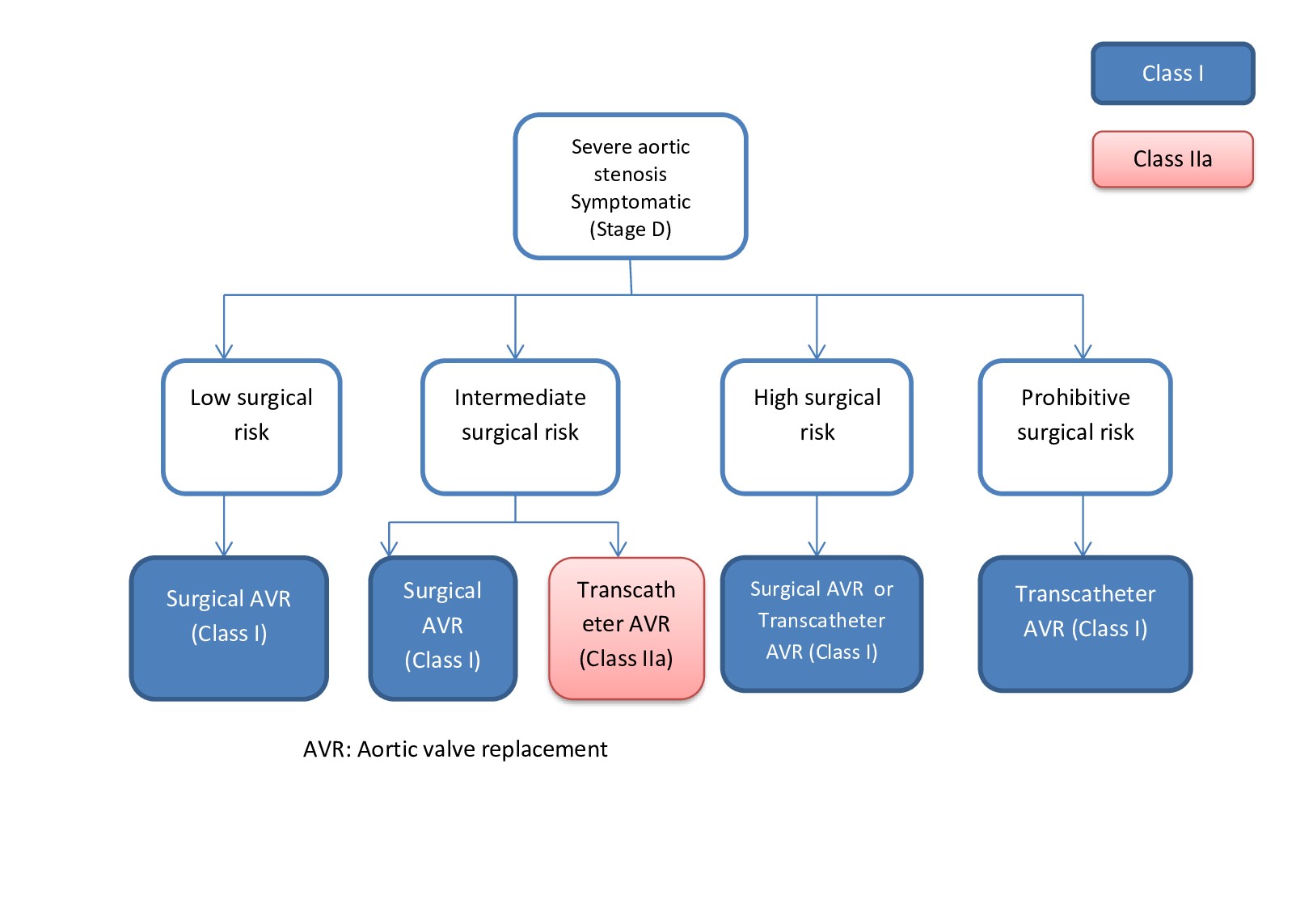[1]
Ramchandani MK, Wyler von Ballmoos MC, Reardon MJ. Minimally Invasive Surgical Aortic Valve Replacement Through a Right Anterior Thoracotomy: How I Teach It. The Annals of thoracic surgery. 2019 Jan:107(1):19-23. doi: 10.1016/j.athoracsur.2018.11.006. Epub 2018 Nov 20
[PubMed PMID: 30468728]
[2]
Raptis DA, Beal MA, Kraft DC, Maniar HS, Bierhals AJ. Transcatheter Aortic Valve Replacement: Alternative Access beyond the Femoral Arterial Approach. Radiographics : a review publication of the Radiological Society of North America, Inc. 2019 Jan-Feb:39(1):30-43. doi: 10.1148/rg.2019180059. Epub 2018 Nov 23
[PubMed PMID: 30468629]
[3]
Tamadon I, Soldani G, Dario P, Menciassi A. Novel Robotic Approach for Minimally Invasive Aortic Heart Valve Surgery. Annual International Conference of the IEEE Engineering in Medicine and Biology Society. IEEE Engineering in Medicine and Biology Society. Annual International Conference. 2018 Jul:2018():3656-3659. doi: 10.1109/EMBC.2018.8513309. Epub
[PubMed PMID: 30441166]
[5]
Nguyen DH, Vo AT, Le KM, Vu TT, Nguyen TT, Vu TT, Pham CVT, Truong BQ. Minimally Invasive Ozaki Procedure in Aortic Valve Disease: The Preliminary Results. Innovations (Philadelphia, Pa.). 2018 Sep/Oct:13(5):332-337. doi: 10.1097/IMI.0000000000000556. Epub
[PubMed PMID: 30394956]
[6]
El-Essawi A, Breitenbach I, Haupt B, Brouwer R, Morjan M, Harringer W. Aortic valve replacement with or without myocardial revascularization in octogenarians. Can minimally invasive extracorporeal circuits improve the outcome? Perfusion. 2019 Apr:34(3):217-224. doi: 10.1177/0267659118811048. Epub 2018 Nov 3
[PubMed PMID: 30394847]
[7]
Vasanthan V, Kent W, Gregory A, Maitland A, Cutrara C, Bouchard D, Asch F, Adams C. Perceval Valve Implantation: Technical Details and Echocardiographic Assessment. The Annals of thoracic surgery. 2019 Mar:107(3):e223-e225. doi: 10.1016/j.athoracsur.2018.08.091. Epub 2018 Oct 24
[PubMed PMID: 30367839]
[8]
Rodríguez-Caulo EA, Guijarro-Contreras A, Otero-Forero J, Mataró MJ, Sánchez-Espín G, Guzón A, Porras C, Such M, Ordóñez A, Melero-Tejedor JM, Jiménez-Navarro M. Quality of life, satisfaction and outcomes after ministernotomy versus full sternotomy isolated aortic valve replacement (QUALITY-AVR): study protocol for a randomised controlled trial. Trials. 2018 Feb 17:19(1):114. doi: 10.1186/s13063-018-2486-x. Epub 2018 Feb 17
[PubMed PMID: 29454380]
Level 2 (mid-level) evidence
[9]
Herold J, Herold-Vlanti V, Sherif M, Luani B, Breyer C, Bonaventura K, Braun-Dullaeus R. Analysis of cardiovascular mortality, bleeding, vascular and cerebrovascular events in patients with atrial fibrillation vs. sinus rhythm undergoing transfemoral Transcatheter Aortic Valve Implantation (TAVR). BMC cardiovascular disorders. 2017 Dec 20:17(1):298. doi: 10.1186/s12872-017-0736-6. Epub 2017 Dec 20
[PubMed PMID: 29262768]
[10]
Oakley L, Pritchard W, Colletta J, Penny W, Romero S, Cox J, Boswell G, Kindelan J, Gramins D, Nayak K. Development and Early Experience of the First Joint Military Health System-Veterans Affairs Transcatheter Aortic Valve Replacement Program. Military medicine. 2017 Nov:182(11):e2036-e2040. doi: 10.7205/MILMED-D-16-00398. Epub
[PubMed PMID: 29087877]
[11]
Kolte D, Abbott JD, Aronow HD. Interventional Therapies for Heart Failure in Older Adults. Heart failure clinics. 2017 Jul:13(3):535-570. doi: 10.1016/j.hfc.2017.02.009. Epub
[PubMed PMID: 28602371]
[12]
Yücel S, Ince H, Kische S, Sherif MA, Bushnaq H, Bärisch A, Öner A. [Interdisciplinary differential treatment of structural heart disease : When operation and when catheter-based intervention?]. Herz. 2016 Aug:41(5):443-58. doi: 10.1007/s00059-016-4444-2. Epub
[PubMed PMID: 27460051]
[13]
Khoshbin E, Prayaga S, Kinsella J, Sutherland FW. Mini-sternotomy for aortic valve replacement reduces the length of stay in the cardiac intensive care unit: meta-analysis of randomised controlled trials. BMJ open. 2011:1(2):e000266. doi: 10.1136/bmjopen-2011-000266. Epub 2011 Nov 24
[PubMed PMID: 22116090]
Level 1 (high-level) evidence


